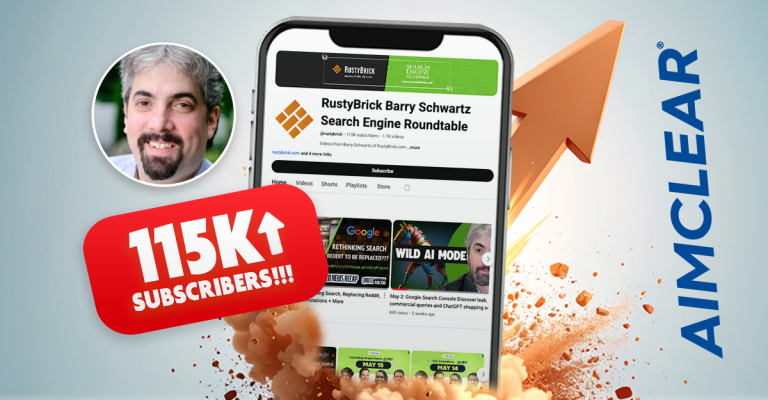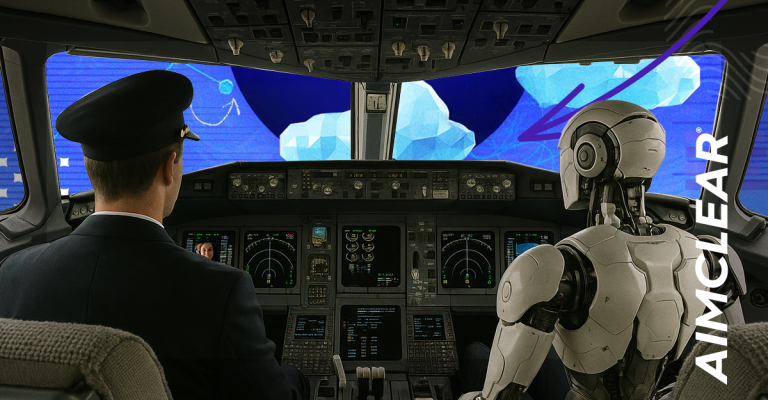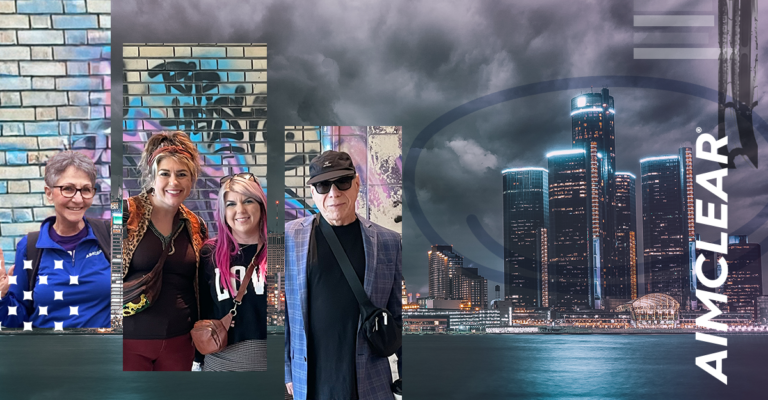Psychographic Targeting Unhinged: The Cell Phone Battery Backup Case Study

The case study we’ll use to illustrate persona modeling is for a product that many of us can use: a battery-backup appliance for when our mobile phone runs out of juice. Psychographic modeling works for any product, literally. We chose Brookstone because its physical world marketing inspired this post, as I’ll share in a bit.
There are many different types of people who might be interested in a Brookstone battery backup for their cell phones. The marketer need only look to his or her intuition, as they map physical human behavior to psychographic targeting. There are many physical world inspirations when it comes to summoning the intuition necessary.
“Look to the real world, friends! Defining online personas is often as simple as amplifying that which already exists in the physical world. Map the physical world to online psychographics.”
The Back Story
The original display advertising is physical walk-by traffic, contextual targeting personified.

In the Minneapolis airport, there is a prominent sign in the Brookstone retail window designed to attract the attention of people passing by. The assumption is that air travelers have a high likelihood of having cell phones that are running out of juice. After all, traveling can take many hours and power outlets are sparse, especially on planes. It’s a kick-ass banner.

The picture below, taken from inside the Brookstone store, is very interesting. Note the two travelers to the left, who have stopped to look at the store. Are they looking at the yellow and black high-contrast sign because it caught their attention? I know they are air travelers because this store is behind security. That’s fabulous targeting and messaging.
I hung out inside for the better part of an hour, counting the “users” (impressions) as they passed by. I also kept track of how many users entered the store (clicks), including the one person (other than me) to buy a cell phone charger (conversion). The CTR and conversion rates were strikingly similar to those we see at scale from one-touch display network traffic.

The traveler persona is an obvious persona for the marketer selling battery backup/chargers for cell phones!
Literal Personas
Before we get too deep into the specificity of our traveler personas, we need to define the literal keywords and social segments that are so specific that they describe the literal persona. There are people that search for and are interested in exactly the product we’re marketing. The most focused form of online marketing is still search, when keywords targeted are filtered by query intent.
We’ll begin with search and then let our hair down, getting multi-channel social. Start with brand terms that mention the exact product we’re selling. Is that literal enough? You bet!

Next up in specificity are category searches, queries for the general class of products we’re marketing. The category searches need be highly specific to be included in the cross-channel attributes that make up our product’s literal persona.

After category search, users searching for the exact type of product we’re selling, we move into tips and usage type searches and competitors’ products, such as Energizer, Celltronix and Mophie. These types of queries need also be highly specific. I know this search stuff is a review, but let’s play it out.

Wind up synonyms with keywords like “rechargeable” and “portable” and build out your literal keyword research baskets.

There are also YouTube search KWs directly seeking mobile battery charging hacks. This is great inventory because, these days, YouTube converts really well when driving traffic to conversion funnels.

Literal social is obvious inventory to consider. Loosely wound contextual inventory with straight up semantic relationships to the product are obvious first considerations.










